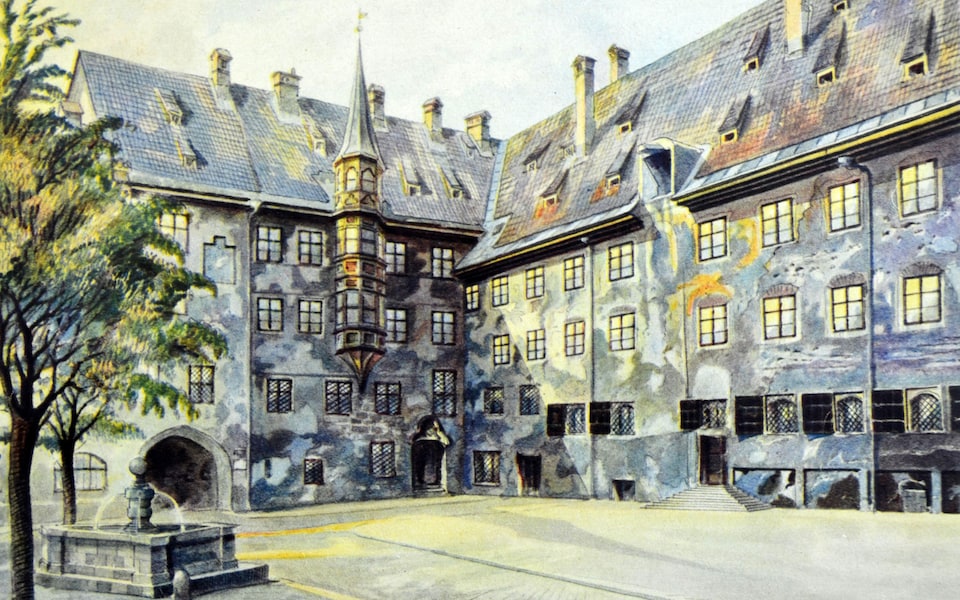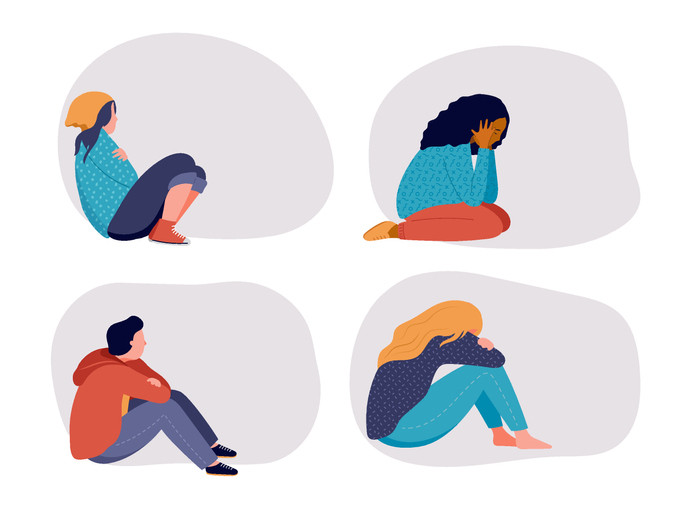Ryan Hu (10) | STAFF REPORTER
Written May 2023
The relationship between art and artist has always been fickle. Many artists are critically acclaimed and recognized around the world for their art, while they themselves are detestable people. As an outlet of emotion, art may sometimes bring out the worst in them. However, in a time where every branch of art has its own canons of indisputably great works, and with so many of their artists being terrible people, should art be separated from the artist?
Pablo Picasso is one of the most influential artists and one of the best-known figures of the 20th Century, becoming famous for helping create Cubism, assemblage, and constructed sculpture. As art critic Robert Hughes wrote, “No painter or sculptor, not even Michelangelo, had been as famous as this in his own lifetime.”
However, despite his affiliation with Communist parties in Europe, as well as being known for his anti-war paintings, Picasso was a notorious misogynist who sexually abused some 12-13 female partners of his. He once famously remarked that women were either “goddesses or doormats.”
While Picasso’s reputation has soured in recent decades, his paintings remain some of the most celebrated in the modern art world. While it is completely possible to enjoy an artwork without liking its artist, it seems in this case the value of Picasso’s art has separated itself from Picasso’s personality.
From one extreme to another lies the paintings of Adolf Hitler. During his years in Vienna from 1908 to 1913, he produced hundreds of watercolour paintings in order to make a living, and by August 1939, shortly before Germany invaded Poland, he remarked that he still wanted to be an artist. While Hitler certainly demonstrated technical skill in his paintings, he ultimately failed the entrance exam to the Academy of Fine Arts Vienna twice; many critics have mentioned the soulless nature of his paintings, and an instructor from the Academy had suggested that he become an architect instead. Ultimately, he moved to Munich in 1913, and in 1914 he enlisted in the German army in the First World War. This would eventually put him on the path to Nazism and the Second World War.
Unlike Picasso’s paintings, Hitler’s paintings rarely depict anything personal to himself. He never developed a distinct, identifiable style, and mostly drew buildings and landscapes. While Picasso’s paintings are an extension of himself, Hitler’s are completely disconnected from his future Nazi persona.
Though Hitler’s paintings are controversial due to his role in the Second World War and the Holocaust, with many having been seized by the United States government, the paintings themselves do not have anything to do with any of the events in Hitler’s later career. They are simply a footnote in Hitler’s life, and while they are still important in the study of Adolf Hitler, if it weren’t for the identity of the painter, these paintings would have long faded into obscurity.
As shown by Picasso and Hitler, art should never be separated from their artists. In the case of Picasso, his violent temperament must be understood in order to fully appreciate his art, while with Hitler, his otherwise unremarkable paintings provide valuable insight into the life of the man who killed 6 million Jews.
As a deliberate way of depicting one’s emotions and opinions, art provides a window into the artist and vice versa. Good art will always be held in high regard despite whatever lives their artists lived, but their personal lives should always be kept in mind to fully appreciate and understand their art. This is true not only in visual art, but also in literature, music, film, and even archaeology. It is in this regard that it is impossible to separate art from artist, for the sake of both the artist and their art.



